Build Manufacturing Solutions That Work
Create custom production dashboards and monitoring systems using TelemetryOS Studio
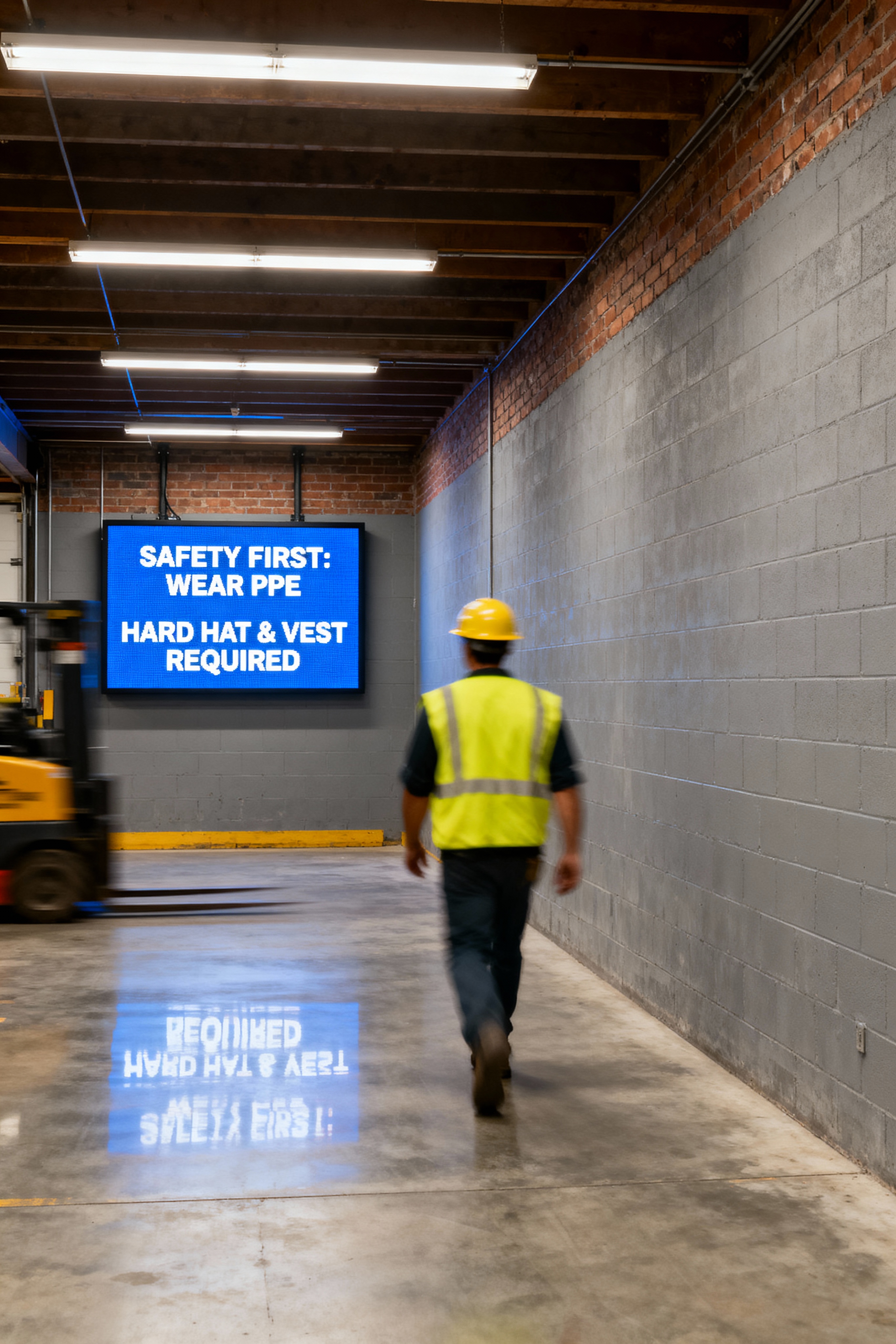
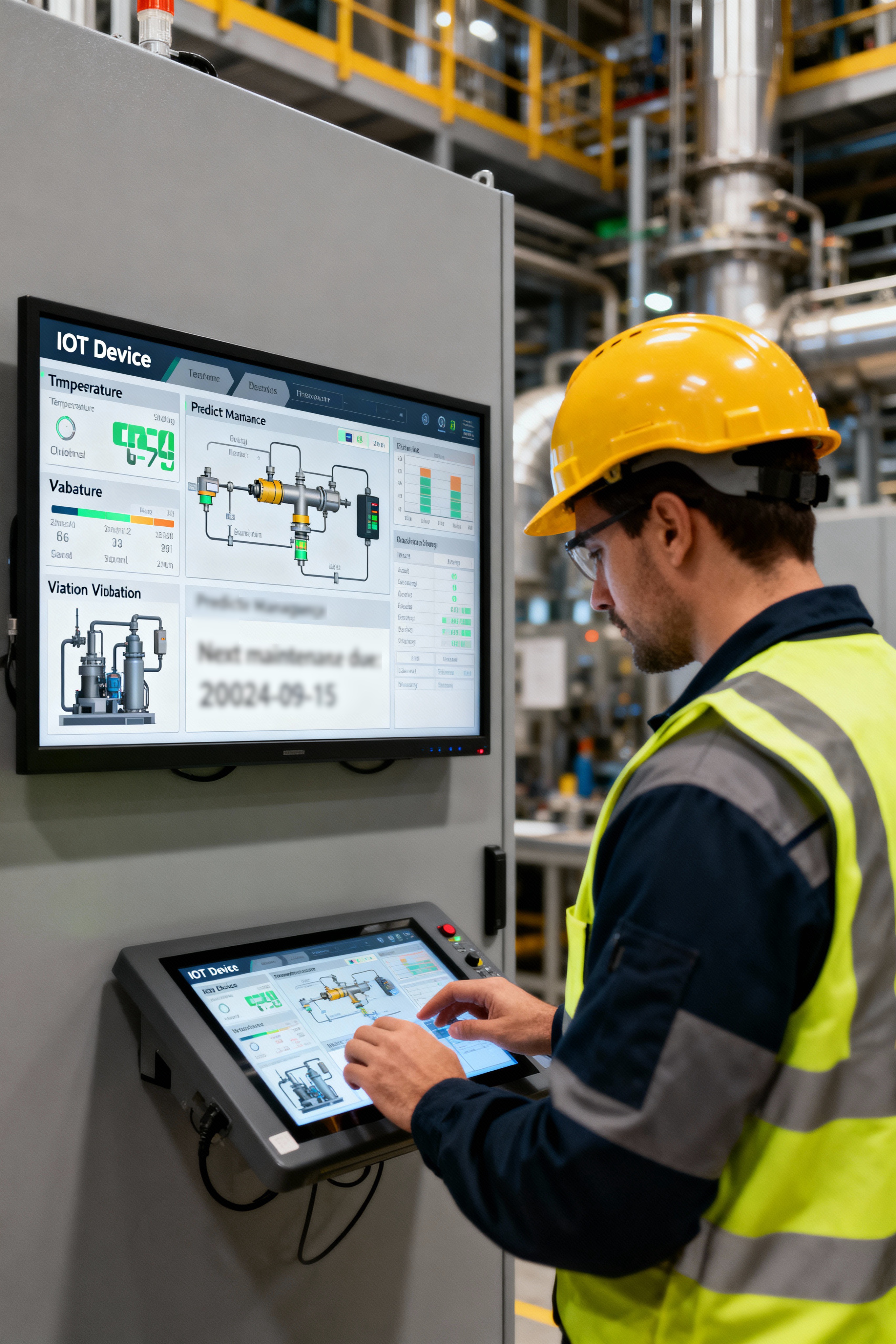
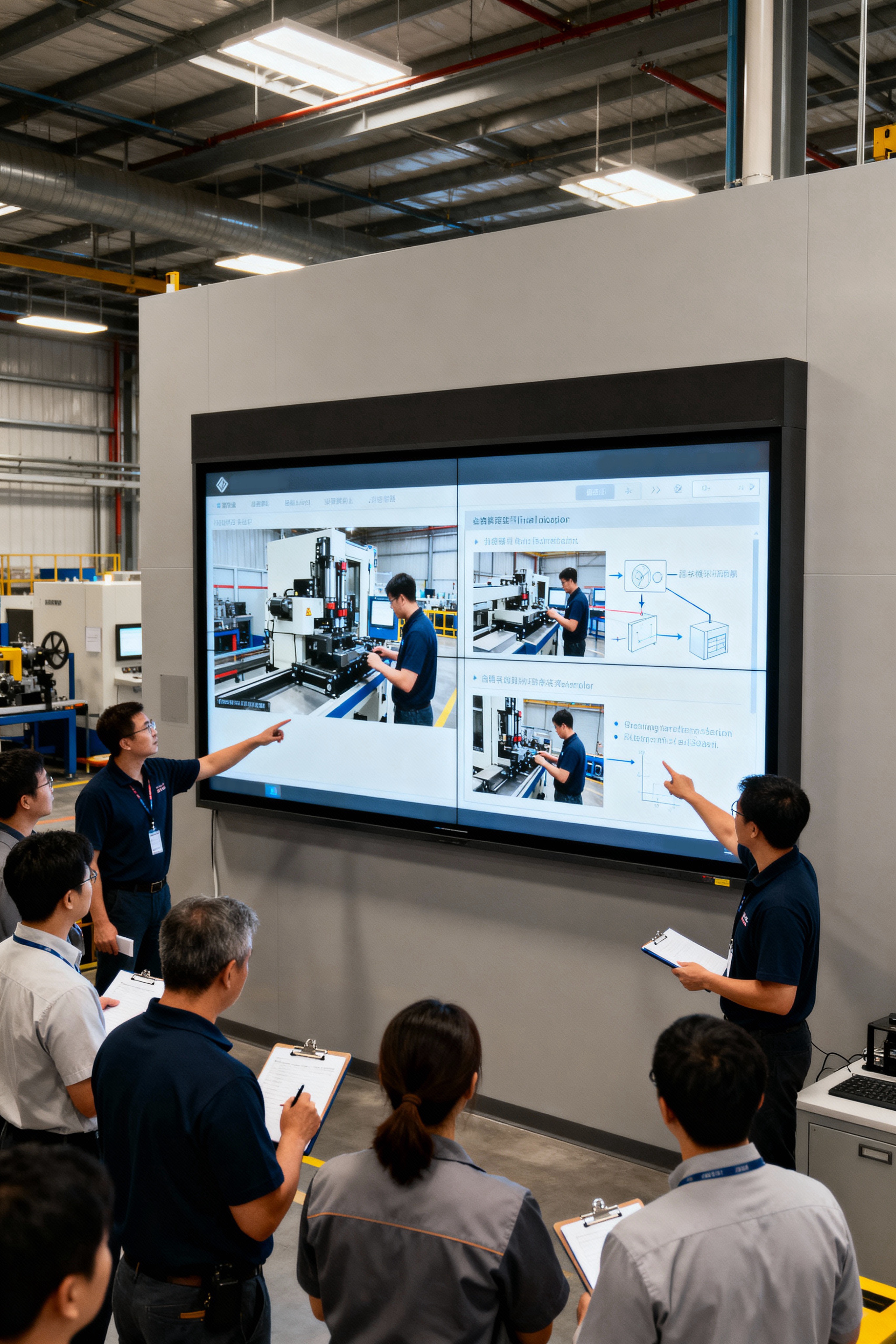
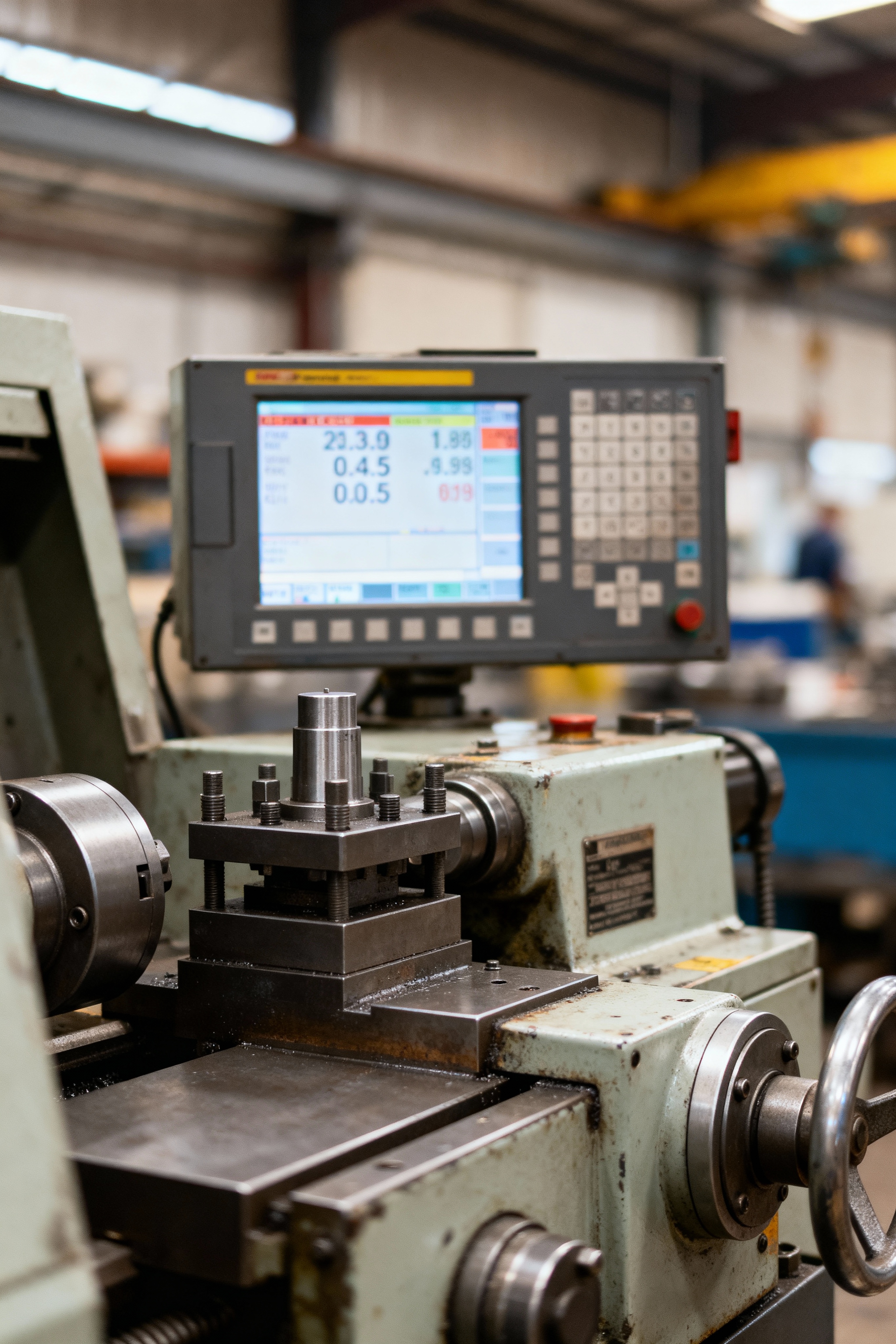
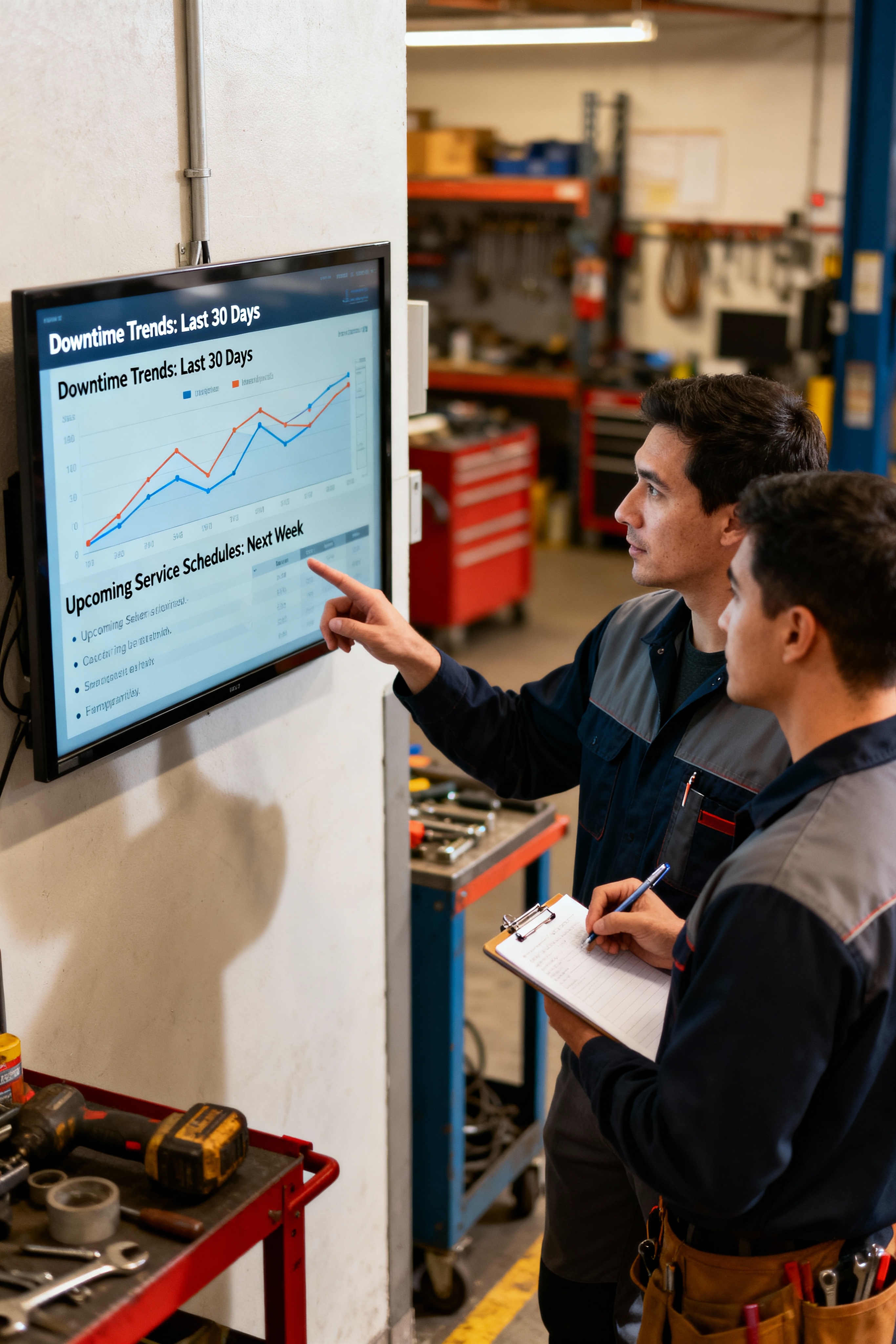
Create custom production dashboards and monitoring systems using TelemetryOS Studio






Purpose-Built for Manufacturing
TelemetryOS delivers the capabilities manufacturing environments need to monitor operations and improve productivity
Manufacturing environments worldwide rely on TelemetryOS because production never stops, and neither can your information systems. When equipment failures cost thousands per minute of downtime, or when safety incidents require instant communication across sprawling factory floors, traditional static displays simply aren't sufficient.
Industrial operations demand more than basic information display -they require real-time connectivity to production systems, instant response to changing conditions, and the ability to function independently when network connectivity becomes unreliable. TelemetryOS transforms factory displays into active components of your production infrastructure.
Harsh industrial conditions require hardware that won't fail when it matters most. Dust, temperature fluctuations, and electromagnetic interference can disable consumer-grade electronics, but Node Pro's fanless design and industrial-grade components ensure continuous operation even in demanding factory environments.
Industrial Platform Advantages:
Real-time visibility transforms how production teams respond to equipment issues, quality problems, and operational bottlenecks. Instead of discovering problems hours later through reports, teams can see performance metrics, equipment status, and quality indicators updating continuously as production happens.

Manufacturing operations generate massive amounts of data from sensors, equipment, and quality systems, but turning that data into actionable insights requires more than basic dashboard tools. TelemetryOS enables manufacturing applications that don't just display information -they help production teams make better decisions faster.
Production dashboards become command centers when they show live OEE calculations, equipment performance trends, and predictive maintenance indicators. Machine operators can see exactly how their line is performing compared to targets, while supervisors get visibility into bottlenecks and efficiency opportunities across multiple production areas simultaneously.
Equipment monitoring prevents costly breakdowns through continuous sensor data analysis and intelligent alerting. Temperature fluctuations, vibration anomalies, and performance degradation can trigger immediate notifications, allowing maintenance teams to address issues before they cause production stops.
Core Manufacturing Capabilities:
Safety communication saves lives and prevents accidents through instant, factory-wide alert capabilities. When hazardous conditions develop or emergency procedures need activation, every display across your facility can immediately show evacuation routes, safety protocols, and coordination instructions. This speed of response can prevent incidents and ensure regulatory compliance.
Implementing TelemetryOS in your manufacturing environment builds upon the industrial systems and automation infrastructure you've already invested in. Rather than replacing functional equipment or control systems, the platform provides the connectivity and visualization layer that makes your existing data more actionable and accessible.
Industrial application development leverages the same web technologies used throughout modern manufacturing IT environments. Building production dashboards, quality control interfaces, and equipment monitoring systems doesn't require specialized industrial programming languages or proprietary development tools. Your engineering teams can create manufacturing applications using familiar frameworks while ensuring they meet industrial reliability requirements.
Manufacturing Implementation Approach:
Your existing manufacturing systems become more powerful when they can share real-time information across production areas. SCADA data drives visual dashboards, MES systems feed production tracking displays, and PLC controllers can trigger alerts and notifications. This connectivity transforms isolated automation systems into an integrated manufacturing intelligence network.
Edge processing capabilities ensure critical manufacturing applications continue operating even when network connectivity to central systems becomes unreliable. Local data analysis, alarm processing, and production tracking can continue independently while automatically synchronizing with central systems when connectivity is restored.
Common questions about manufacturing systems